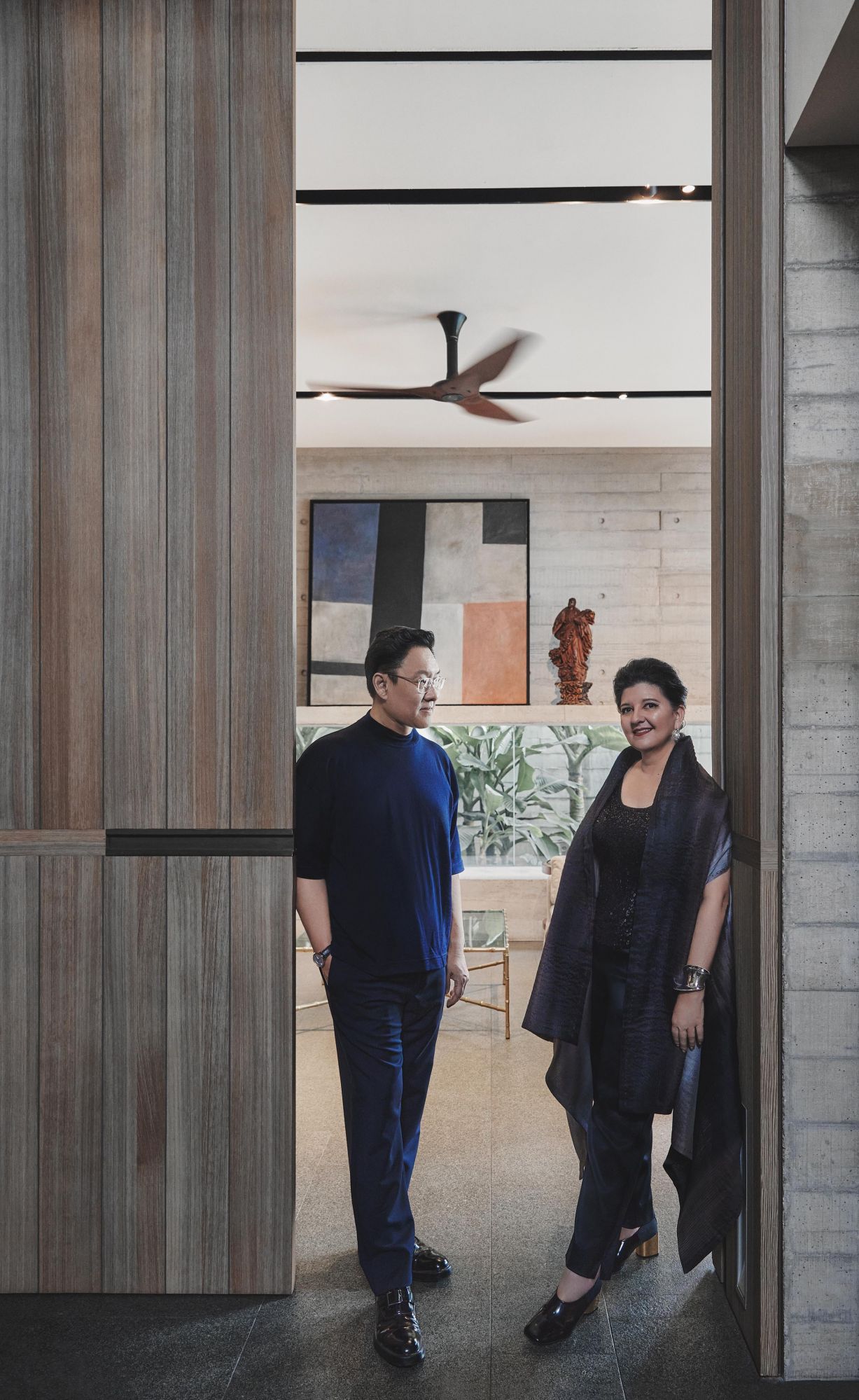Sustainability has become an urgent issue due to the Covid-19 pandemic but for Wong Chiu Man and Maria Warner Wong, the founders of Wow Architects, it has always been the only way
In the past decades, sustainability and biophilia have been gaining momentum across industries as awareness of man’s destruction of the Earth becomes more documented. The Covid-19 pandemic has tipped the scales for this agenda to evolve from trend to necessity. But even before sustainability garnered a greater sense of urgency, Wong Chiu Man and Maria Warner Wong of Wow Architects have been propagating this in their work.
There is Vivanta by Taj, the hotel in Bangalore, India that has an accessible green rooftop that slopes continuously from the ground to the top of the building; the 2012 Archifest Zero Waste Pavilion that was made from upcycled materials which were later repurposed; and the St Regis Maldives resort that is ecological from building to operations. They are currently working on the Mandai eco-resort in Singapore that will nestle guests among conserved trees and is envisioned to be the island nation’s first super low energy resort.
The couple’s home in Singapore, which they refer to as Chiltern House and built eight years ago, is yet another stellar example. Moss colour the exposed concrete walls, a money plant creeps around the house, and a water lily pond outside the master bedroom evokes calmness. The placement of openings optimises seasonal light and wind direction, and in the master bathroom, full height windows replace the large vanity mirror designed for witnessing the daily interactions of biodiversity.
(Related: How Architects Are Bringing More Greenery To Singapore With Biophilic Design)

During this interview, I am seated in the living room where a long horizontal alcove with a window frames the landscape like a painting. Wong shows me a photograph of him and Warner Wong as students, embracing in a forest clearing. “Here we are camping. I show this photograph because we share a deep love of nature. It has been very much a part of our inner journey as well as our lives together,” he shares.
The couple met while studying architecture at the University of Southern California in Los Angeles. Warner Wong transferred to the university after early architecture studies in Mexico City, where she grew up.
“Singaporean guys who study abroad are older than other students because of national service. I noticed that Chiu Man was very mature and hardworking,” recalls Warner Wong on what attracted her to her husband. The couple bonded over their love for the outdoors, as well as a fervent desire to see the world.



